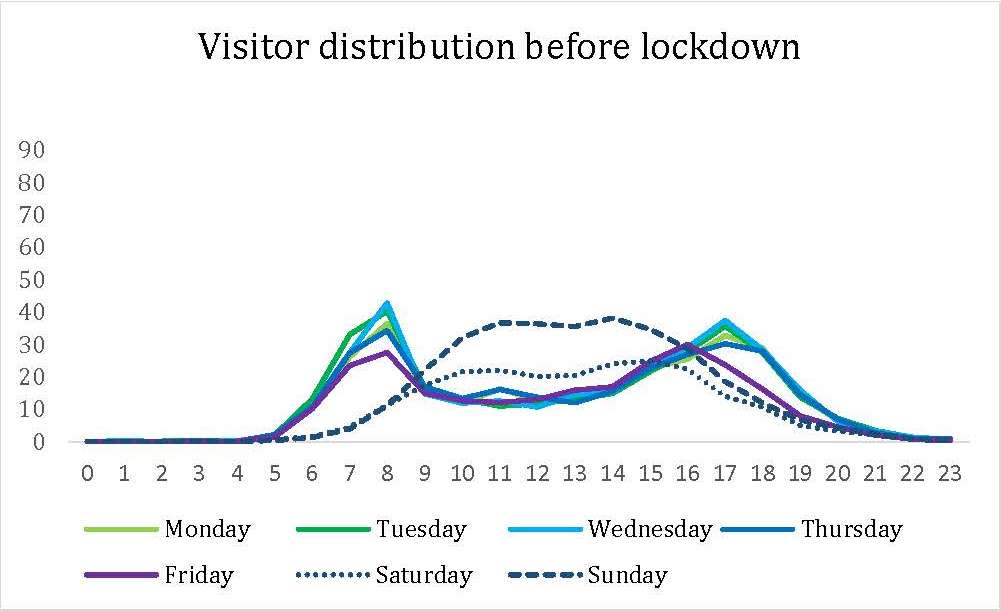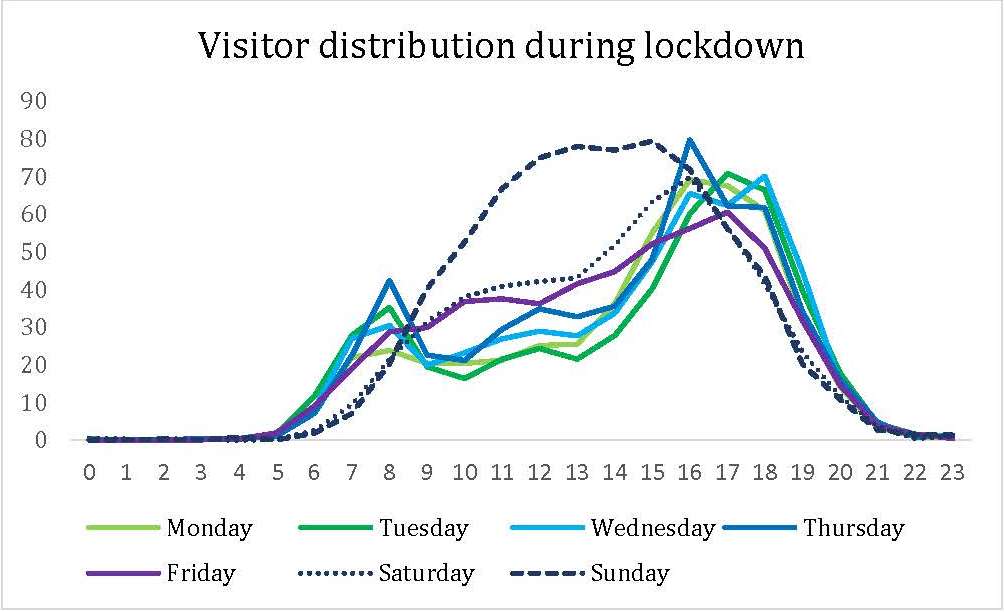COVID-19-induced Visitor Boom Reveals the Importance of Forests as Critical Infrastructure
Guest blog provided by Lukas Giessen, Coordinator of IUFRO Research Group 9.05.00 – Forest policy and governance
During the 2020 COVID-19 pandemic, countries around the globe have implemented a certain degree of lockdown, restricting citizens’ freedom of movement and freedom of assembly. An article recently published in Forest Policy and Economics by Jakob Derks, Lukas Giessen and Georg Winkel of the European Forest Institute, Bonn, Germany, aims to illustrate the impact that the measures against the spread of COVID-19 have on forest recreation.
The article builds on a study in an urban context around Bonn, Germany, that was conducted alongside the German Covid-19-lockdown. The quantitative and qualitative data on urban forest visits from that study were supplemented with new census data supported by selected expert interviews.
The authors find that visitor numbers since the inception of COVID-19 measures in March 2020 have more than doubled. Visitor patterns have drastically shifted, from an even distribution throughout the day with small peaks before and after office hours to a culmination in the late afternoon.
The study further indicates that a new set of visitors, i.e. young people, families with children and non-locals, has arrived to the forest. This influx of more and novice visitors poses challenges for forest managers and urban forest policy.
These COVID-19-induced developments are, however, also a unique opportunity for a substantial engagement of forestry with society at large that has implications for forest policy, especially in urban areas, possibly beyond the COVID-19 pandemic era.
The authors conclude that the COVID-19-induced boom of forest visits reveal that during a pandemic forests are a critical infrastructure for public health and societies at large.
Read the article here: https://www.sciencedirect.com/science/article/pii/S138993412030277X



Leave a Reply